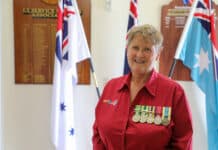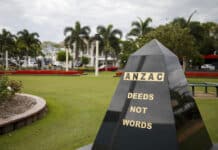John Leask from Bundaberg joined the 3rd Queensland Mounted Infantry and died of wounds in August 1900 during the Anglo Boer War.
This Anzac Day we honour his memory, and the memories of all who died in our nation's service, to help ensure their sacrifice is never forgotten.
The Queenslander newspaper reported that John Leask was born at Aberdeen, Scotland, in 1865.
He served with the 1st Volunteer Battalion of Gordon Highlanders for five years.
In 1888 he moved to Maryborough. He was a member of the Maryborough Rifle Club and “a fine shot”.
In 1893 he moved to Bundaberg and was commissioned as a lieutenant in the Mounted Infantry (Bushmen).
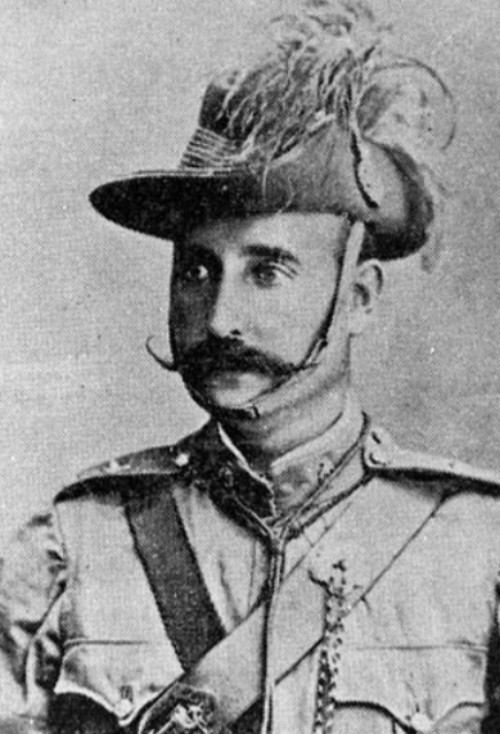
His civilian employment was listed as “Commission Agent in Bundaberg” and he lived “at his own farm”.
He was selected to form part of the Queensland Contingent that left Brisbane on 2 March 1900.
Lt Leask deployed with his unit and saw action including the Relief of Mafeking (16-17 May 1900) and Koster River, which was a skirmish in the Battle of Elands River.
Severely wounded at Koster River, he died of wounds and pneumonia at Pretoria on 20 August 1900.
According to the book “Where Australians Fought: The Encyclopaedia of Australia's Battles” (Allen & Unwin 2010) by Chris Coulthard-Clark, Koster River was a controversial action.
It was fought on 22 July 1900 on the road between Rustenburg and Elands River in western Transvaal.
A Boer commando led by General HL Lemmer had cut the westward route towards Zeerust and Mafeking, thereby preventing supplies from reaching British forces stationed at Rustenburg under Colonel Robert Baden-Powell.
Late on the afternoon of 21 July a detachment of 270 Australian Bushmen (from New South Wales, Queensland, Victoria and Western Australia) was sent from Magato Nek (or Pass) under Lt-Col Henry Airey with orders to “brush aside” the enemy and return with a convoy from Elands River.
About 8am the next day Airey's column was ambushed by Lemmer at Koster River, a tributary of the Selons.
The Boers allowed the Australians' advance guard and flanking scouts to pass before opening a heavy fire on the main body from a horseshoe of kopjes (low hills) 730 metres away.
Forced to seek concealment in the long grass beside the road, in an area offering little cover such as stones or boulders and only a few thin trees, the Bushmen were pinned down and more than 200 of their horses stampeded or shot.
Surrender order rescinded
Airey, finding that his force was unable to move, determined to hold out until help arrived. The action accordingly lasted throughout the day, with the Boer numbers, initially put at 400, increasing to about 1000.
At one stage in the heated engagement, an isolated party of an officer and 10 men raised a white flag to give themselves up.
Airey considered that this act compromised the integrity of the defence and felt honour-bound to surrender his entire command.
His decision was flatly opposed by the officer commanding the Western Australians, Major Harry Vialls, who reportedly “stamped and swore” at what he regarded as a shameful order.
Attempts to surrender were ignored by the Boers anyway, and in the face of the enemy's unrelenting fire the column was obliged to keep fighting.
After word of the Australians' predicament was carried to Magato Pass by a young Englishwoman who lived on a farm at nearby Woodstock, a relieving force (comprising 200 Australians from Magato Nek and a portion of the Bechuanaland Protectorate Regiment sent out from Rustenburg) proceeded to the scene.
When these reinforcements arrived at about 2.30pm and began to threaten the flanks of the Boer position, the enemy broke off the action and rode away.
There were 39 casualties sustained by Airey's men in the six-and-a-half hour fight with six killed. Three later died of wounds and 23 were injured.
Shattered elbow sustained while fighting
The Queensland detachment had officers Lieutenants Walsh and Leask and six men wounded.
It was reported in official records that Lieutenant Leask was wounded early in the day, but would not quit his post and he died afterwards.
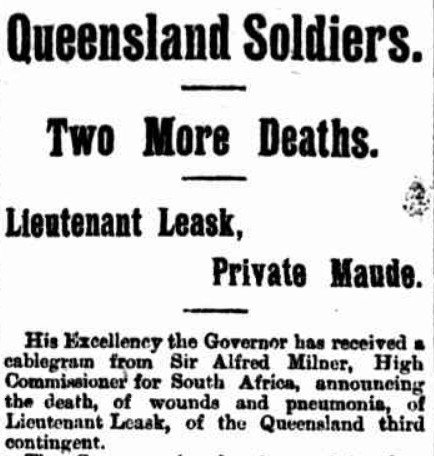
In a letter from the front, published in The Bundaberg Mail and Burnett Advertiser on 19 September 1900, Lieutenant Brand explained the ambush.
“For seven solid hours we were under a hail of bullets. How we escaped, God only knows,” he wrote.
“Poor Leask had his elbow shattered and is suffering terribly.”
After the Boers withdrew, Lt Brand described the scene.
“The ambulance now went round to gather in our wounded,” he wrote.
“Dead carried in, wounded helped in, horses lying about dead in all directions. They killed all the horses but four or five and several stampeded, never to be seen again.”
The Telegraph reported Lieutenant Leask's death on 23 August 1900 saying the Governor, Baron Lamington, had received a telegram from the High Commissioner for South Africa, Sir Alfred Milner, announcing the news.
Lest we forget.
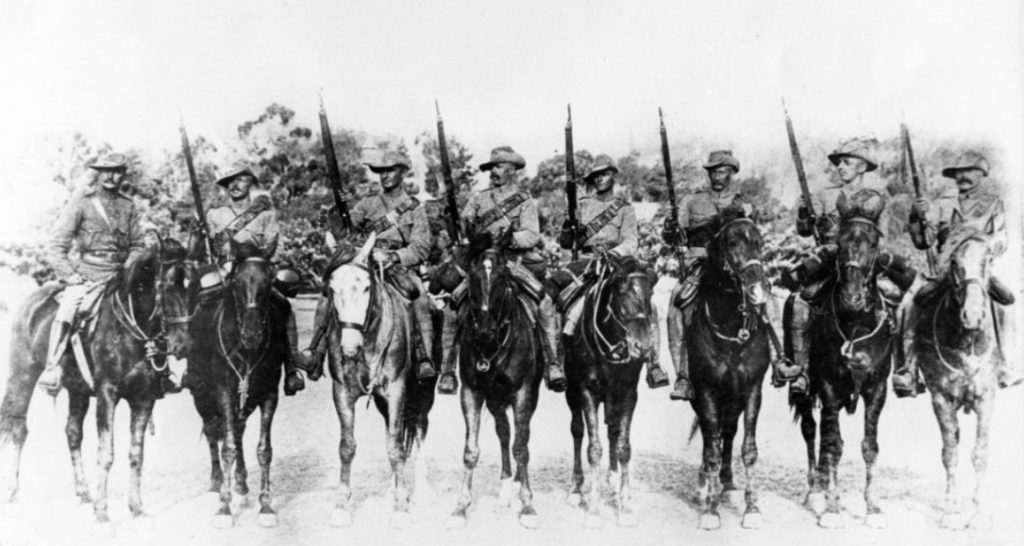
- 2019 Anzac Day highlights and services


